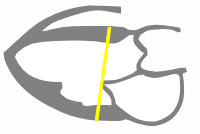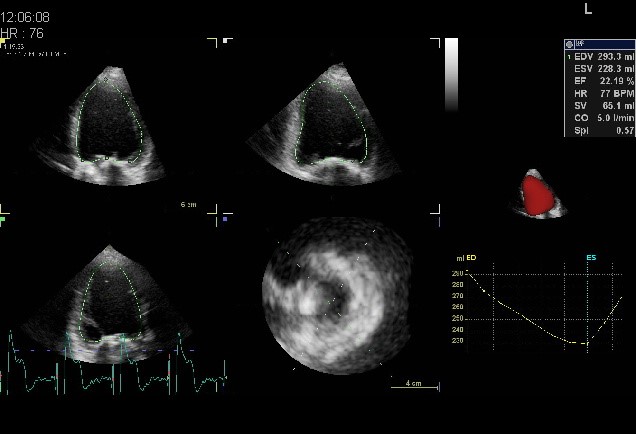| Parameter |
All Levels |
Apical |
Mid |
Basal |
pValue (Levels) |
| All Walls |
-18.6±5.1 |
-20.2±5.6 |
-18.7±3.3 |
-17.0±5.2 |
<0.0001 |
| Anterior |
-19.5±4.2 |
-19.4±5.4 |
-18.8±3.4 |
-20.1±4.0 |
0.001 |
| Anteroseptal |
-18.8±4.2 |
-18.8±5.9 |
-19.4±3.2 |
-18.3±3.5 |
0.001 |
| Inferior |
-20.0±4.5* |
-22.5±4.5 |
-20.4±3.5 |
-17.1±3.9 |
<0.0001 |
| Lateral |
-18.3±4.7 |
-19.2±5.4 |
-18.1±3.5 |
-17.3±5.0 |
0.06 |
| Posterior |
-16.3±6.3 |
-17.7±6.0 |
-16.8±5.0 |
-14.5±7.4 |
<0.0001 |
| Septal |
-18.3±5.3 |
-22.3±4.8 |
-18.7±3.0 |
-13.7±4.0 |
<0.0001 |
| p (walls) |
<0.0001 |
<0.0001 |
<0.0001 |
<0.0001 |
|
*inferior was significantly different from other walls (p<0.001 except anterior p+0.002), in the comparison of walls at all levels.Posterior was significantly different from all other walls (p<0.0001). In the comparison oflevels in all walls, each level was significantly different (p <0.0001). LV=left ventricular, TQ=tracking quality.


